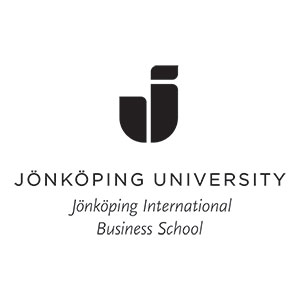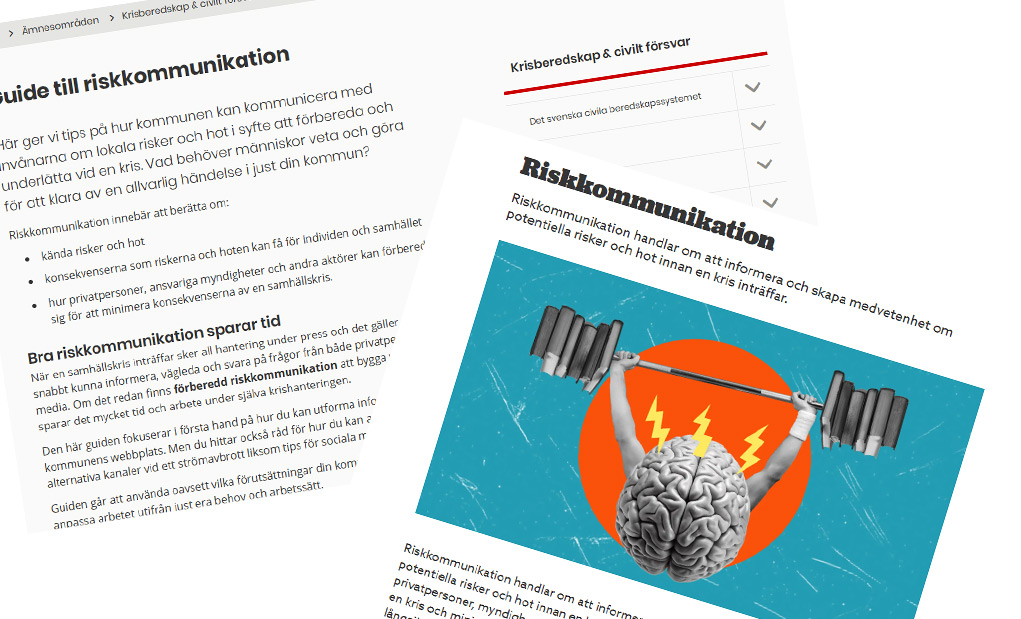The Time for and Timing of Women’s Entrepreneurship

Photo: Unsplash
Women Entrepreneurship Day is celebrated since 2014, yet this year women entrepreneurs deserve being celebrated more than ever. The Covid-19 pandemic has taken an enormous toll on everyone, but it has particularly affected women (entrepreneurs).
Author
It was mostly them who needed to scale down or even stop own economic activity to accommodate the additional burden of family care during the pandemic. Yet despite all, the GEM 2020/21 Women’s Entrepreneurship Report: Thriving through crisis published earlier this week shows that women entrepreneurs have successfully adapted to the disruptions and new market reality[i]. Interestingly, the report shows that globally the number of women entrepreneurs is nearing the number of men entrepreneurs and women represent almost one third of growth-oriented entrepreneurs. Moving forward efforts should be made not to increase the number of women entrepreneurs per se, but rather to help women entrepreneurs make even greater impact on the world.
In this endeavor, time is an important factor that influences entrepreneurial activity. Time is a scarce resource; and the gendered structure of the society makes it particularly scarce for women, who often apart from being active in the labor market, need to do the lion’s share of childcare and housework at home. In other words, women often lack time to even consider an entrepreneurial career. As a result, men are more likely to choose self-employment as an employment choice, and men’s start-up rates are higher than women’s.
Despite these disadvantages, the number of women who have become entrepreneurs is steadily increasing. In our recent study on Swedish women entrepreneurs who start businesses when their children are small, we found that the availability of time was the key factor for these women to start business[ii]. Together with Professors Lucia Naldi and Helene Ahl, I studied women who decided to start their own business(es) in Sweden when their children were small. These women are educated, they were active on the labor market prior to having their children, and some of them have been in managerial positions for several years. And yet, they all decided to start own business during or shortly after the parental leave ended.
Through the life story interviews, we found that the parental leave has provided these women with time that they otherwise lacked: it allowed these women to reflect on their lives and whether they were happy doing what they did. It provided them income and allowed them to break their daily behavior pattern—stop for a moment, look around, observe their contexts, scan the environment, allow themselves to feel needs and desires; it provided space to start rethinking what they want to do in their lives, what would bring more meaningfulness to their lives. The parental leave was also a perfect occasion to meet (new) people, create new networks, start exploring and evaluating ideas and even plan the business. Interestingly, but contrary to research from more Anglo-American context, we saw that it was not motherhood but the parental leave that seemed to act as the trigger for the career changing decisions. Swedish mothers did not discuss the necessity to start business to combine motherhood with economic activity, the well-developed social welfare took care of this. Their decisions were result of the time they had during the parental leave. For example, one of our participants said: ‘Maternity leave provides a pause in life, and you can really re-think what you want to do in your life. When you are working, you often simply continue without much reflection, but when you are on maternity leave, you really have the time to think about what is important’.
While time is important, the right timing is even more critical. Our research shows that women are very aware of their context and that the design of the welfare system has had an impact on the timing of their decision when to start the business. Our entrepreneurs were very vocal that they used the time provided by the parental leave and the subsidized childcare to reflect, scan and plan their business ideas. They synchronized their business start-up decision to fit with their private lives and the welfare system. Simply put, they waited with the decision to start business until their family plans were in place (that is children were born) making the best of parental system and the time that it avails. Thus, we conclude that entrepreneurship is a choice for women in Sweden: women are not forced into entrepreneurship. They start businesses and become entrepreneurs because of the opportunity that they see, not because of necessity to combine work with childcare. The welfare system provides the necessary security net that enables women to venture and explore. It also provides women with time.
So, in wanting women entrepreneurs to become more enterprising and create impact and growth for the society, it is important to remember that structures, including welfare system and entrepreneurship relevant resources, i.e. time are an important part of the context that enables their entrepreneurial activity.
---
[i] Elam, A. Women’s Entrepreneurship 2020/2021. Thriving Through Crisis. Global Entrepreneurship Monitor (GEM). https://www.gemconsortium.org/report/gem-202021-womens-entrepreneurship-report-thriving-through-crisis
[ii] Markowska, M. Ahl, H., & Naldi, L. (2021). Timeout: The Role of Social Welfare in Entrepreneurship among Mothers. Paper presented in the symposium: Women's Entrepreneurship: Cultural, Institutional, and Global Perspective at the Academy of Management Annual Meeting, Virtual conference, August, 2021.
Detta är en bloggtext. Det är skribenten som står för åsikterna som förs fram i texten, inte Jönköping University.





